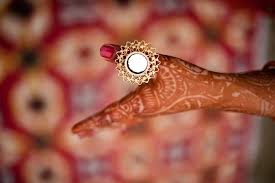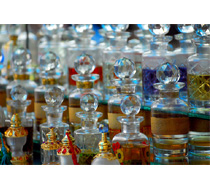As I’ve mentioned before, I work on the fundraising and marketing team of a nonprofit school, the Parikrma Humanity Foundation. Our four branches provide education to over 1500 children from 69 slum communities and 4 orphanages in Bangalore. Our office is located on the first floor of our Jayanagar School, which is merrily ambushed on a daily basis by blue-and-green uniformed children during recess. I love that my job environment includes the hustle and bustle of children learning, joking, playing, fighting, and radiating happiness. As Nandini, the Asteroid Class teacher once said, “It’s a whole different world once you step into the gate. You forget all your worries, they just fly away.” And she’s right. These kids never cease to amaze me with their energy, curiosity, and confidence.
But scratch the surface and you begin to see a daily struggle. When I look up from these students’ smiles, I often catch in their eyes glimpses of the intense cravings for attention that they do not receive at home. I’ve seen students come in with raw wounds on their legs from dog bites. Others with burn scars on their face and across their arms. Many of them are underweight. Others struggle with attention and behavioral problems most likely stemming from their home environment.
But Parikrma works because it’s modeled on the understanding that our students exist outside of our gates, and that this existence is often one of struggle. We provide our students with two meals a day (and an evening nutritional supplement), healthcare, and community development services. We understand that success for students from slum communities with many barriers to overcome requires a holistic approach, along with an attitude that does not discriminate against children whose circumstances are a result of structural poverty.
In May, before the beginning of the school year, I went with some teachers on a community visit to see the environment our students live in, which was just ten minutes away from where I stay. In front of almost every house, women were doing laundry on the street with water from a couple of communal taps. Half-opened doors revealed one-room houses featuring a bed and a TV. We passed by a row of tents made of blue tarp, which were supposed to be people’s permanent shelter. And although it was mid-afternoon, we met a student from our school that hadn’t yet eaten that day.
And my reaction was, well, someone really needs to step it up (I edited out a lot of swearing in this sentence). I knew some of our students lived in even more difficult situations. How could people live happy, healthy existences in such a crowded, under-resourced environment? Then I wondered, how did these slum communities come to be? And how do they continue to exist? What kinds of environments are actually considered a slum? I felt that even as my eyes captured these images, my mind struggled to comprehend what I perceived.
What is a slum?
The UN-HABITAT defines a slum household as lacking any one of the following five elements:
- Access to water (safe, sufficient, and affordable)
- Sanitary conditions (including infrastructure such as waste disposal systems, sewers, etc.)
- Secure tenure (protection from eviction)
- Durable housing (safe, which can withstand natural elements)
- Sufficient living area (no more than 3 people sharing a room)
The Indian Census defines a slum as “residential areas where dwellings are unfit for human habitation by reasons of dilapidation, overcrowding, faulty arrangements and design of such buildings, narrowness or faulty arrangement of street, lack of ventilation, light, or sanitation facilities or any combination of these factors which are detrimental to the safety and health.”
To elaborate, slums are informal settlements which develop illegally on vacant land, and are thus constructed sans zoning regulations. Overcrowding is common, with many people sharing one room in which to cook, sleep, and carry out their daily activities. Due to lack of policing and municipal services, slums have higher incidences of violence and crime (with slum dwellers often being the victims) as well as risk of disease. And as I mentioned before, the quality of life in slums can greatly differ.
Today, its estimated that approximately one billion people in the world live in slums. In the developing world, one out of every three people in a city is a slum dweller. Okay. Pause for a second because I need to repeat that. Approximately one billion people in the world live in slums. That’s the kind of mind-blowing number that changes the way I comprehend the world. The UN-HABITAT projected in 2001 that if no concrete, organized action was taken, this number would reach 2 billion by 2030.
So where do slums come from, ma?
A significant reason for slum development is urbanization (including rural-urban migration). Slums are created when there is a significant amount of migration, with people coming to cities for better job opportunities and educational systems, coupled with insufficient governmental ability/willingness and infrastructure to accommodate such a large influx of people. The idea that urban centers have more job prospects developed with industrialization, and the first slum was actually the Five Points in New York City.
Another reason has historically been colonialism and segregation. When colonialists expelled polluting industries (i.e. tanneries, etc.) and did not invest in any kind of infrastructure for these resettled businesses and the communities built around them, slums began to develop. A classic example is Dharavi in Mumbai, which is now one of India’s largest slums (and where the western world’s good-ole-favorite Slumdog Millionaire is set… although I’m not going to get into the controversy of how this film portrays India at the moment).
How slums thrive
The informal sector is a part of the economy that isn’t monitored or taxed by the government or some kind of regulatory agency. This sector often appears and grows as a result of opaque and disproportionate government regulations concerning business along with rigid labor laws and corrupt and inefficient bureaucracy. Therefore, informal businesses begin to flourish in an environment where it’s difficult for a business to become registered or licensed. This “shadow economy,” with substandard working conditions and wages, frequently employs individuals from slums who may lack the skills and education to be competitive within the formal sector.
There can be both licit and illicit parts of the informal economy. Licit activities include street vending, domestic work, shoe polishing and repair, construction, and trash picking (although they may require bribing local officials and police), while illicit activities include substances trafficking, prostitution, gambling, etc. The informal sector continues to exist because it provides services that aren’t easily found in the formal sector, and the formal economy is actually rather dependent on its informal half.
What are some measures being taken in response to the issue of slums?
Governments have tried to remove and relocate slums on the grounds that slum dwellers do not have rights to the property, but bulldozing huts and/or resettling families in cheap one-room apartments far away from the workplace has done nothing to improve slum dwellers’ lives.
Another approach has been “slum upgrading” in which slum areas are provided with basic infrastructure such as safe drinking water, electricity, water drainage systems, etc. while simultaneously legalizing the status of inhabitants on the land. The hope has been that giving slums this kind of infrastructure and security of tenure will lead residents to take more care of their area and engage their community to be productive. However, most slum upgrading projects have produced mixed results. Petty political conflicts, government corruption (including dependence of voting blocks in slums), and street violence often interrupt and impede the upgrading process.
The Executive Director of the UN-HABITAT admits that even slum upgrading does not address the underlying issue of poverty, and that there should be more policies which directly address the livelihoods of slum dwellers. In the future, a more holistic approach needs to be made looking at macro-level trends and challenges.
Slums are of course a much more complex issue, and poverty in each country comes with its own specific elements that confound the matter further. In India, for example, Dalits (formerly called “untouchables”) constitute 90% of the poorest of the poor and comprise a significant portion of the slum population due to historic caste-based discrimination and social ostracism. I’ve noticed that many of our students’ files denote that they come from a Scheduled Caste or Tribe.
Slums and the poverty cycle
Slums risk the institutionalization of poverty where hard-working individuals with a great deal of potential simply do not have the resources to break out of a cycle of poverty. On the first ride to the Jayanagar School in my boss’ car, she said one reason that poverty continues to exist in this country is because people have become used to its existence. I know she doesn’t speak for everyone, but I do think it’s true that we stop questioning our surroundings as we grow older because it’s human nature to habituate, and a necessary survival tactic to be able to adapt to our environment.
However, it’s critical to pause once in a while and question the world around us. I remember being struck by the sincerity of my graduation speaker’s words in that its really, really hard to keep caring about difficult issues like poverty, substandard educational systems, environmental degradation, racism, lack of adequate healthcare, etc. that seem insurmountable. It takes “courage and endurance and unflinching vulnerability” to keep caring. But it’s individuals that question, that care, and keep on caring even when it gets hard that can create change.
I’m not trying to be the girl who goes abroad and guilt trips people about the quality of life around the world. I’m not saying you need to give up your personal passions to go out there and fix the planet. For me, I personally felt the need to understand our students’ circumstances because I’m passionate about my mission-based work in education.
I’ve always believed in the wisdom of Dr. Howard Thurman: “Don’t ask yourself what the world needs. Ask yourself what makes you come alive and then go do that. Because what the world needs is people who have come alive.” In the end, though, I do think we owe it to ourselves to be informed about our world, to explore, to inquire, and then perhaps, we’ll discover naturally what makes us come alive.
…
References:
http://www.citiesalliance.org/About-slum-upgrading
http://www.globalpolicy.org/component/content/article/211/44579.html


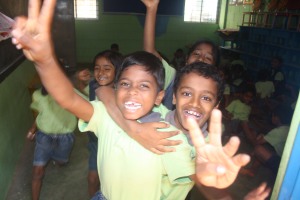

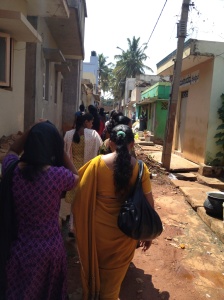
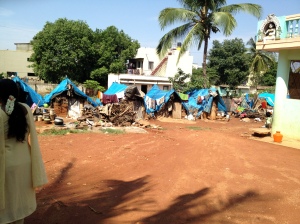
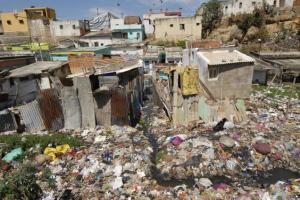
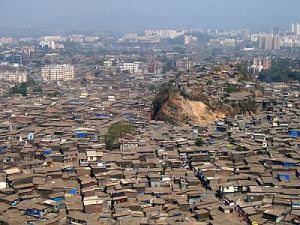
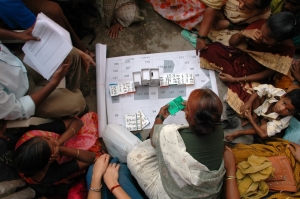

 1. Anklets and toe rings
1. Anklets and toe rings 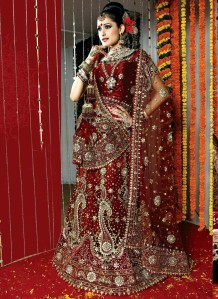
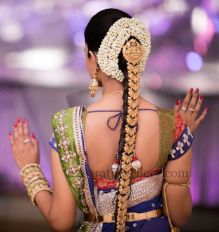 3. Hairstyle (Keshapasharachana)
3. Hairstyle (Keshapasharachana) 5. Mangtikka
5. Mangtikka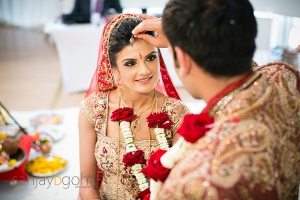 6. Vermillion (Sindoor)
6. Vermillion (Sindoor)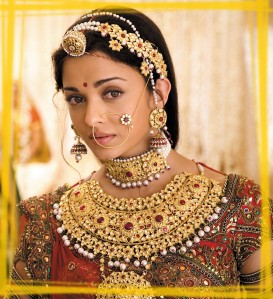
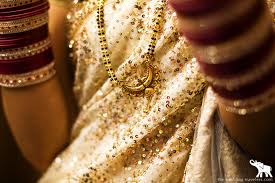
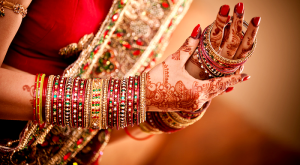 12. Henna (Mehendi)
12. Henna (Mehendi)